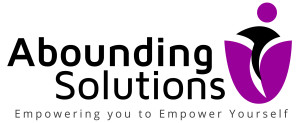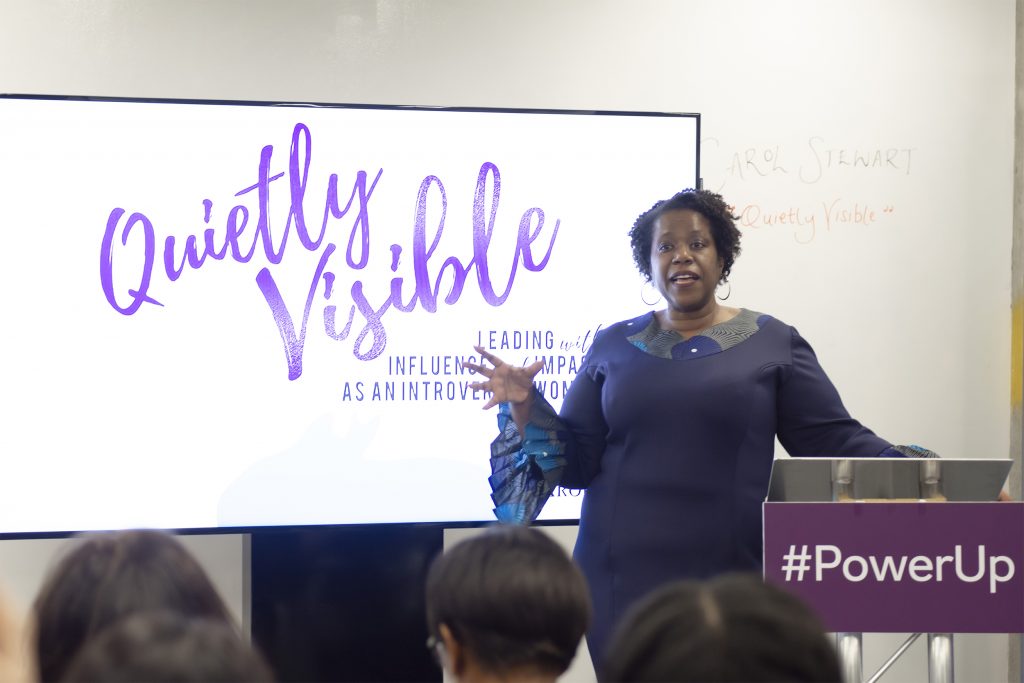Contrary to what many believe, there ARE many introverts who enjoy public speaking, just like there are many extroverts that don’t. But one challenge some introverts face when public speaking is keeping the energy up in the room so that their audience remains engaged.
Because of our temperament, being in environments where there are lots of people can be draining for some of us, causing our energy levels to drop. This lack of energy can come across when speaking, causing our audience to disengage and switch off.
Whether you are an introvert or an extrovert, maintaining the right level of energy in the room is essential for engagement when public speaking. Too little and people switch off, too much and they may find it draining. This applies no matter the make-up of your audience.
This is particularly important for introverts speaking during the graveyard shift, namely, the first session after lunch in an all-day conference or event. Having had a full on morning, and an even fuller lunch, stomach full, the audience is more likely to doze off if not adequately entertained and engaged. Likewise, if you’ve been at the event all day, surrounded by people, you may be peopled out, with your energy levels making you want to retreat to your quiet place and recharge.
As a leader, public speaking is probably very much part of your repertoire, and if you are introverted and want to energise your audience, you first have to energise yourself. And this doesn’t have to be in a highly intensive, alpha energetic, Tony Robbins style. There’s nothing more cringe worthy than watching someone who isn’t naturally this way, try and pretend to be like that.
If you want to keep the energy in the room up and keep your audience engaged whilst speaking, here are my 5 tips on how you can do this without pretending to be someone that you’re not.
1. Energise yourself beforehand
If your energy is low, you may come across as monotone without realising it. Even if you have something of interest to share, if your audience are tired, they’ll switch off and fall asleep. Do something that naturally gets you pumped up and feeling energetic and confident. It could be going out in the fresh air for a brisk walk around the block. It could be going into a toilet cubicle and striking a power pose for a couple of minutes. Or if you’re like me, it could be listening to upbeat, motivational music (and having a dance if possible).
Whatever it is that you do, you don’t have to spend ages at it. Give it just enough time so that you notice a shift in your energy and feel more energetic.
2. Read the Room
Be regularly reading the room, watching for signs of disengagement or people starting to nod off. When you notice this happening, use this as a warning signal to shift things up a bit so that you get a different response.
Ideally you don’t want to let things get as far as this and when doing your preparation beforehand, take into account the time of day for your talk, the environment it is in and any other factors that might sway the energy in the room.
3. Alter Your Voice
One way you can shift things up a bit is to raise your voice or alter your tone. An unexpected shift in your voice level will wake people up if they are falling asleep, causing them to sit up and listen.
Sometimes when we are low in energy our voices can become monotone and lacklustre. If this happens to you, having an awareness that it does, means you can put remedial measures in place.
4. Ask a Question
Do some sort of intervention that will provoke your audiences thinking, causing them to be more alert. Ask a question or get them to discuss something with the person next to them. Please however, avoid the use of ‘turn to the person next to you and say xxxxx’ way of trying to increase engagement. This is so overused and gets on many peoples’ nerves.
The type of question or intervention will depend on the size of your audience, and the nature of your talk. if it’s a small audience, you can get them to share their responses to your question. For larger audiences a question where they can raise their hand will do.
5. Add movement
Whether it is you moving to stand in a different position, or you get the audience to do some form of movement, it will help to keep people awake and shift the energy levels up. This could be getting them to stand up in response to asking them a question, or something else that gets them up and out of their seats.
Don’t go too overboard with the movement though because that will be too distracting.
If you are introverted and experience those energy drops when public speaking, doing a mixture of the above will help to keep your audience alert, keep the energy up and prevent them from falling asleep. Add to that being confident about your talk or presentation, and letting your passion for your topic shine through, will help to make it a more engaging experience. Remember that your audience will be made up of people with different styles who are energised in different ways so think about how you can get a happy medium and keep them engaged.
If you are introverted and do public speaking, what do you think of these tips? Or do you have any others that you want to add to this list?
I first published this on LinkedIn.
If you are an introverted woman and a senior leader and want to increase your confidence, influence and impact, take my free assessment and get a report identifying areas to develop. You can take the assessment here.

